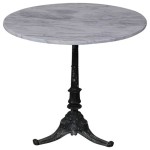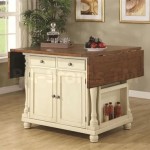Kitchen sink clips are essential components of the kitchen sink installation process. They’re responsible for holding the sink securely in place and ensuring that it doesn’t move when you use it. In this article, we’ll discuss everything you need to know about kitchen sink clips, including what types of clips are available, how to install them, and how you can maintain them.
What Are Kitchen Sink Clips?
Kitchen sink clips are small pieces of metal or plastic that are attached to the underside of the sink. They’re designed to keep the sink from moving or shifting when you’re using it. The clips come in a variety of sizes and shapes, and they’re typically sold in packs of four or eight clips.
Types of Kitchen Sink Clips
There are several different types of kitchen sink clips, including:
- Metal clips: These are the most common type of clip and are typically made of stainless steel or galvanized steel. They’re designed to be durable and rust-resistant.
- Plastic clips: These clips are usually made of ABS plastic and are designed to be lightweight and easy to install.
- Rubber clips: These clips are typically made of rubber and are designed to provide a secure grip on the sink.
How to Install Kitchen Sink Clips
Installing kitchen sink clips is a fairly straightforward process. First, you’ll need to attach the clips to the underside of the sink. Most clips come with screws or bolts that you’ll need to use to attach them. Once the clips are in place, you’ll need to secure the sink to the countertop using screws or bolts.
Once the sink is in place, you’ll need to adjust the clips to ensure that they’re gripping the sink securely. You can do this by tightening the screws or bolts that hold the clips in place. It’s important to make sure that the clips are tightened securely, as this will help ensure that the sink stays in place.
Maintaining Kitchen Sink Clips
Maintaining kitchen sink clips is an important part of the installation process. It’s important to regularly check the clips to make sure that they’re still securely attached to the sink and that they’re gripping the sink firmly. If the clips become loose or start to slip, you’ll need to tighten the screws or bolts that hold them in place.
You should also check the clips for signs of wear or damage. If the clips are cracked, warped, or otherwise damaged, you’ll need to replace them. It’s also important to wipe down the clips periodically to remove any dirt or debris that may have accumulated on them.
Conclusion
Kitchen sink clips are essential components of the kitchen sink installation process. They’re responsible for holding the sink securely in place and ensuring that it doesn’t move when you’re using it. There are several different types of kitchen sink clips available, and they’re typically sold in packs of four or eight clips. Installing and maintaining kitchen sink clips is a fairly straightforward process, but it’s important to make sure that the clips are tightened securely and checked for signs of wear or damage.















Related Posts








